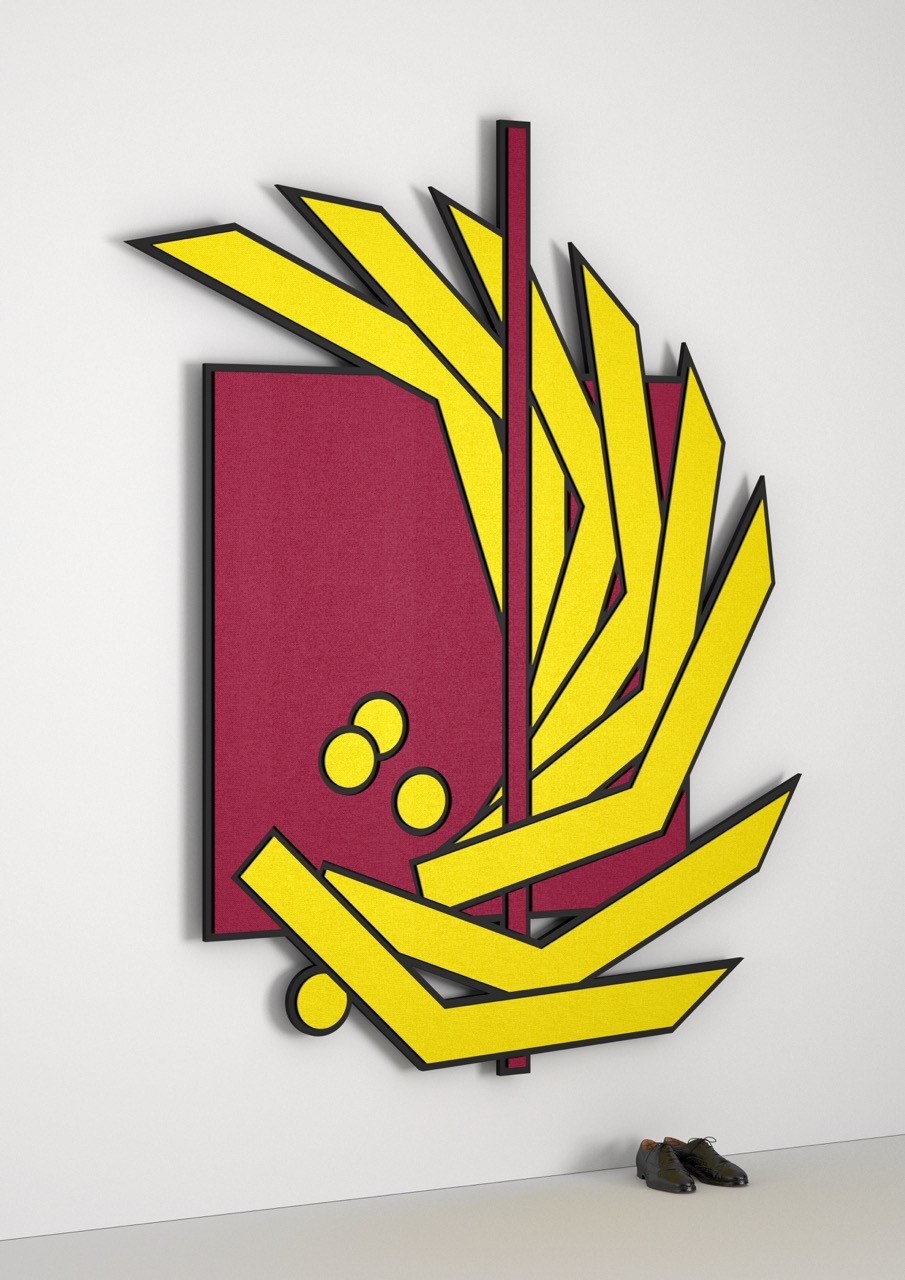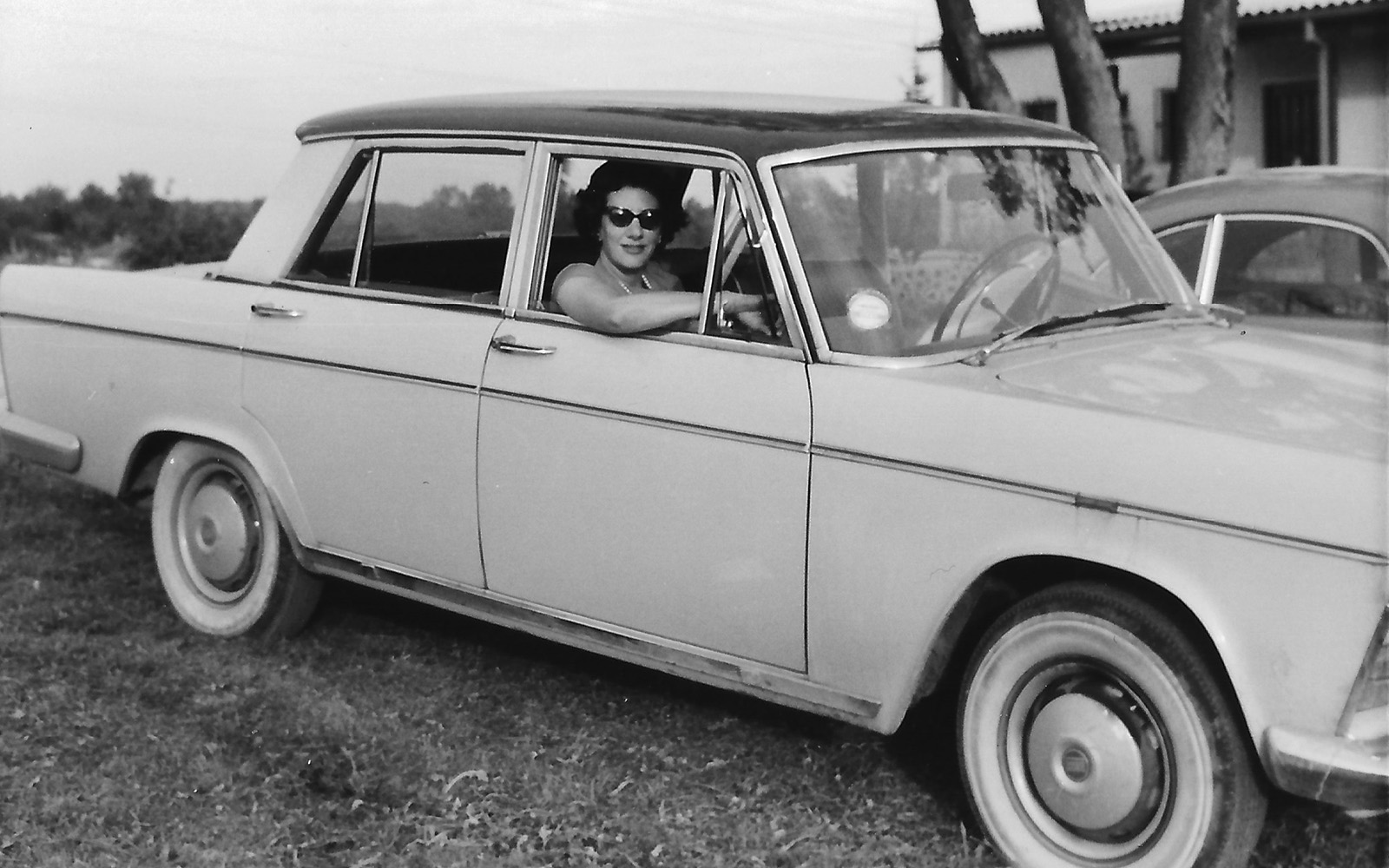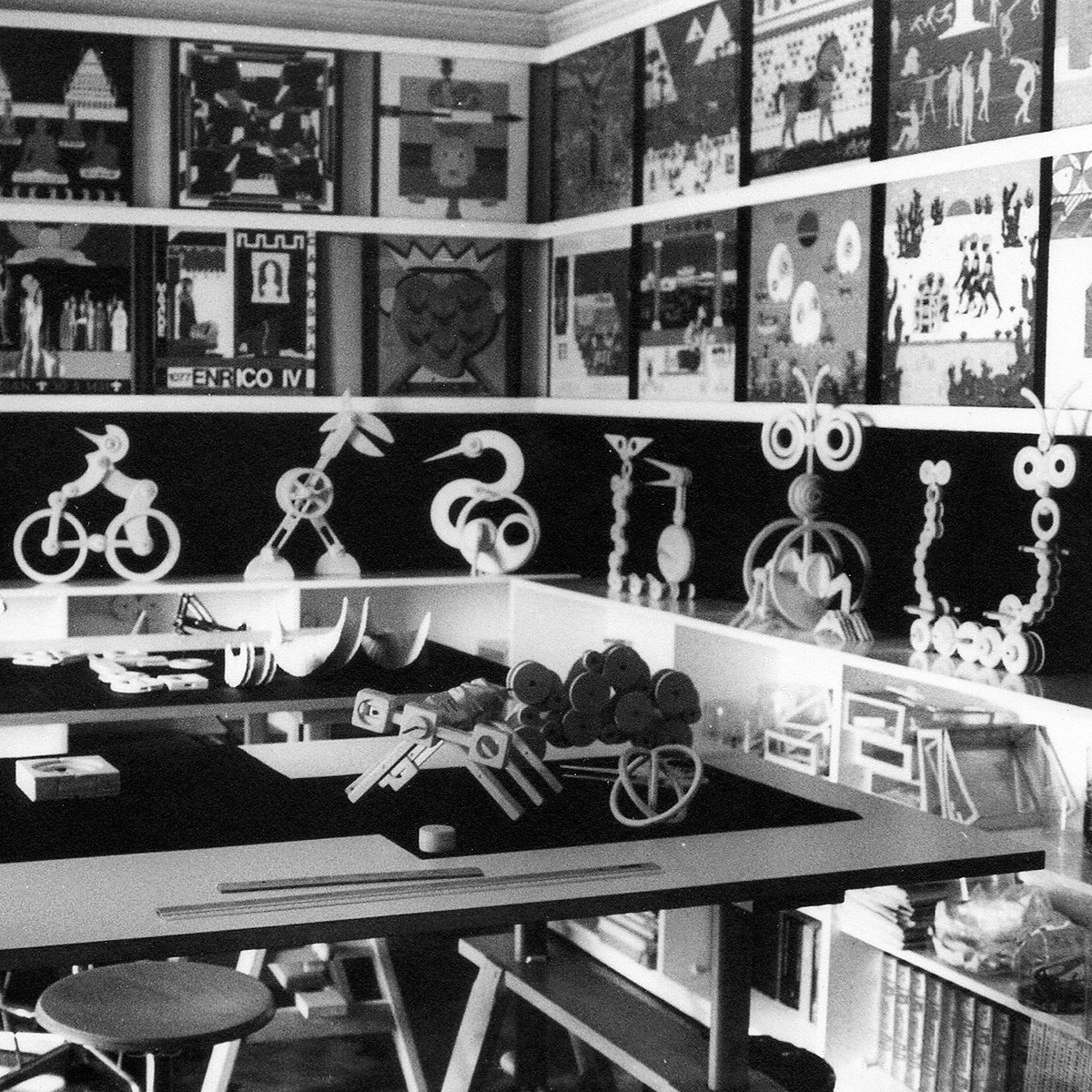Elena Guaccero: woman, architect and artist

Events have a history but if you don’t know the beginning, you may not understand that there is one. Or, mysteries, like skeins of yarn, have two ends and a thread to unravel.
Let’s accept the second conjecture and start from what happened to me too, in order to identify a mysterious ‘female architect’ from Bari, at the end of the 1950s.
The first piece of the puzzle corresponds to when, about sixty years ago – I could have been twelve or thirteen years old – walking with my father (an architect), we arrived at a widened area near the railway station, and he pointed to a brand new building and said to me: ‘Do you see this building? It was designed by a female architect’, without adding anything else, a comment, a clarification. Nothing. Just a suspended silence.
It was clear to me that he wanted to teach me how important it was to accept the whims of nature and also of women who thought of becoming architects; such a firm statement also implied that it was not appropriate to ask questions, and I didn’t.
However, I became strongly fascinated by the unprecedented hypothesis of a female architect, and I was urgently curious to know who that person was and how she could be an architect.
It was the end of the 50s but, as the years go by, with much laughter and joking, last year Danilo Stefanelli, a dear friend of mine who is also an architect, called me and suggested we have dinner together, with him and a friend of his who lived in Venice and whose mother was from Bari.
I couldn’t refuse Danilo’s invitation and on this occasion I learnt that the ‘mamma barese’ was called Elena Guaccero and that, even though she later dedicated herself exclusively to art, she was an architect. A ‘female architect’.
The dinner went on cheerfully and between the chatter, a sip of wine and a clam that I can’t open, I learn that this ‘female architect’ had already carried out several projects in Bari at the end of the fifties, at the beginning of her career.
One of these was even the RAI building, but she also worked on social housing projects and some residential buildings. Two of these, they told me, were in a widening near the railway station, where she had her studio… right where I had gone for a walk with my father!
This last piece of information wasn’t just information, it was a revelation! It really took my breath away; it not only revealed the identity of the mysterious ‘female architect’ I had been trying to unravel for sixty years – but I also found myself face to face with her daughter, in the flesh, without having ruined my walk with my father by asking him imprudent questions.
I believe that the purpose of Annamaria Rocca, Danilo’s friend and daughter of the ‘female architect’, with that visit to Bari, was to organise an exhibition, which in fact was then held in the Archaeological Museum of Santa Scolastica.
On display there was part of Elena Guaccero’s collection of ‘playful puppets and mechanisms’, lanky, imaginative and colourful characters that the ‘female architect’ built with her own hands.
Because of their originality I can’t define them, but when you see them in real life they are so likeable that you feel drawn to their ironic creator who, at the end of the 50s, without even knowing her, had already attracted my curiosity by her mere existence.
One of these ‘playful mechanisms’ in particular, a sort of colourful pinwheel that is seen whirling in a film at the exhibition, captures my imagination; given my inclination towards the playfulness and poetry of the useless, the desire to pay homage to this intriguing figure of architect, artist and modern woman through my work was immediate.
Expressively, the tribute is not set in the usual terms of imitation of artistic style; I preferred to interpret and represent the dynamism captured by the ‘pinwheel’ in the film, but in this way I hope to be able to give back, in my own way, some of the beautiful emotions that Elena Guaccero certainly transmitted to me.
Eugenio Lopopolo
Bari, 18 March 2025


